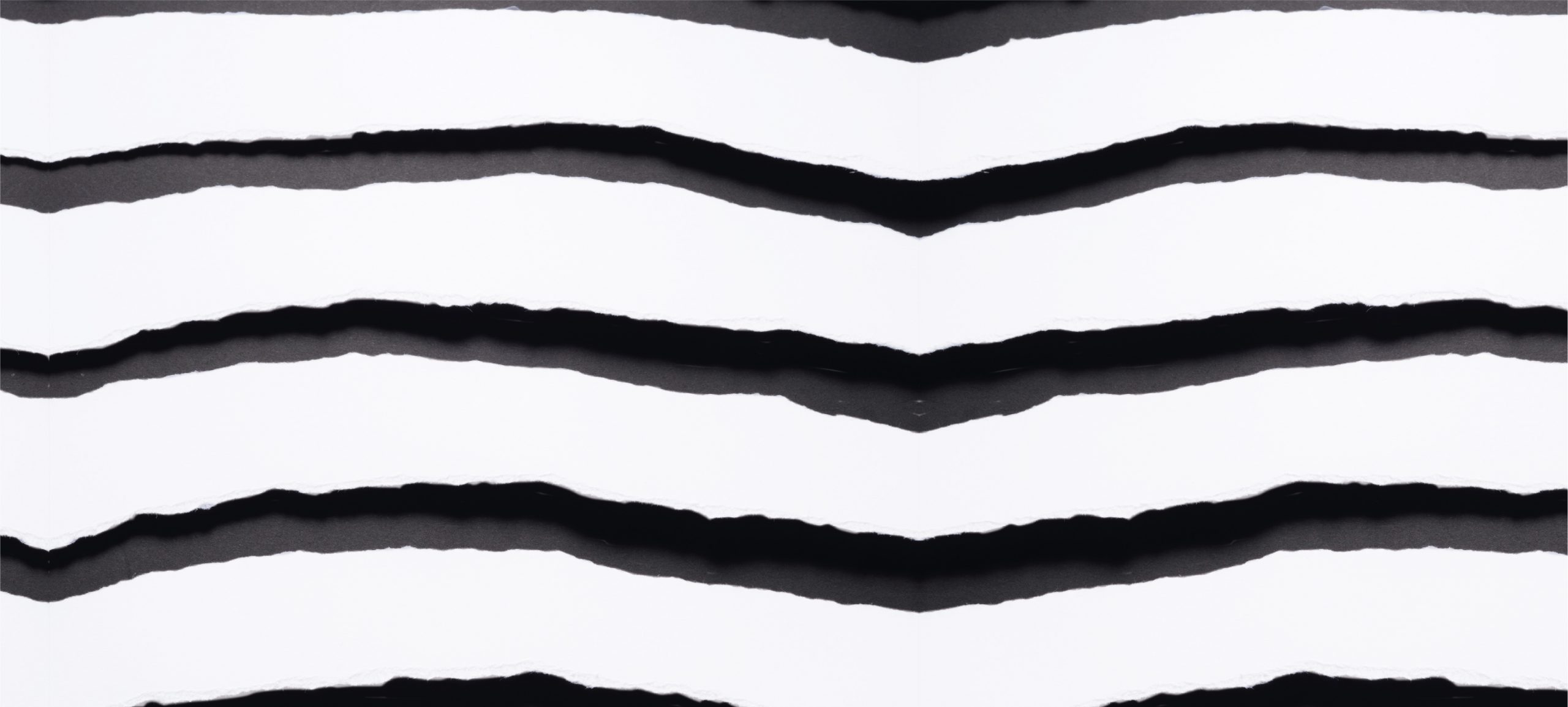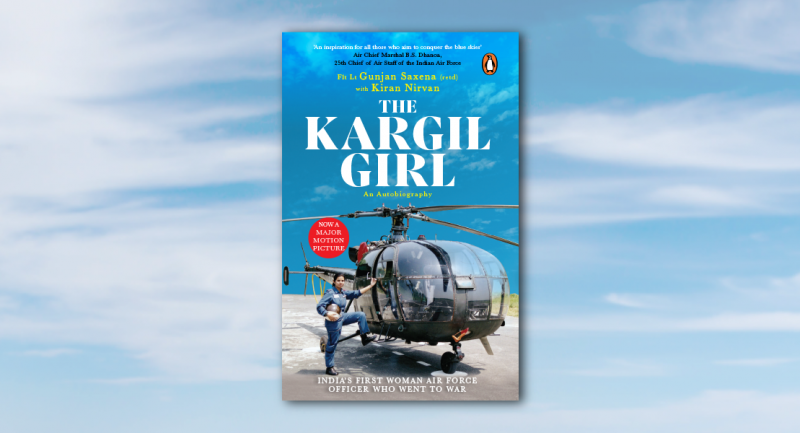
In Abhinav Chandrachud’s latest book, Supreme Whispers: Conversations with Judges of the Supreme Court of India 1980-1989, Chandrachud relying on the typewritten interviews of a brilliant young American scholar, George H. Gadbois, Jr. who conducted over 116 interviews with more than sixty-six judges of the Supreme Court of India provides a fascinating glimpse into the secluded world of the judges of the Supreme Court in the 1980s and earlier.
Let’s read an excerpt from this book.
———–
The broad sense one gets is that dissent is generally frowned upon at the Supreme Court, and dissents get written only in the rarest of cases involving irreconcilable conflict. Chief Justice M. Hidayatullah admitted to ‘ragging’ two of his colleagues who dissented from his view in the very first case they heard together, because he was responsible for bringing them to the court. However, he did feel reassured by their independence. Justice P.B. Gajendragadkar, known for his pro-labour leanings, once wrote a draft judgment with which his colleague, Justice N.H. Bhagwati, disagreed. Bhagwati suggested that Gajendragadkar make some changes to the judgment in order to secure Bhagwati’s agreement to sign off on it. Gajendragadkar refused to change a word of his draft. Bhagwati signed the judgment anyway, since another judge on the bench, Justice S.K. Das, had also agreed to sign it, and Bhagwati did not want to dissent. In February 1983, a bench of two judges had said that in a death penalty case if the person convicted is not executed within two years, then the sentence automatically stands commuted to life imprisonment. Shortly after this judgment was delivered, it was overruled by a bench of three judges of the court. Justice A. Varadarajan believed that if the two judges who had delivered the judgment in the earlier case had sat with the three judges who decided the later case, even they would have been convinced to be a part of the majority in the later case.
Justice H.R. Khanna, arguably one of the greatest dissenters of all time at the Supreme Court, who disagreed with the majority view in the Habeas Corpus case, admitted that he did not dissent in one of the early cases he heard in the court even though he disagreed with the view of the majority. The Supreme Court’s judgment in that case had the effect of raising car prices. Although he ‘did not feel happy with the view they took’, Khanna agreed with the judgment of the majority because he ‘did not think it proper to strike a discordant note at the very beginning’ of his judgeship at the Supreme Court. ‘The atmosphere in court’ at the time, noted Khanna, ‘was of general cordiality.’ This, of course, did not stop Justice Khanna from dissenting in the Habeas Corpus case, where a majority of the judges of the bench held that the right to seek the writ of habeas corpus and to challenge arbitrary arrest and detention could be suspended during an Emergency. Dissent at the Supreme Court, then, seems to be reserved for the most egregious and exceptional circumstances.
‘I did not believe in writing separate or dissenting judgments for nothing,’ wrote Justice P.N. Shinghal in a letter to Gadbois. ‘So if I have written dissents,’ he continued, ‘they were necessary to place my irreconcilable views on record.’ Justice A.C. Gupta was critical of his colleagues who were eager, in big cases, to write separate judgments. He pointed out that Justice E.S. Venkataramiah wrote a judgment of over 300 pages in the Judges case. Justice Krishna Iyer felt that writing a dissent gained little, and did not serve much purpose. He stressed that the whole court was very congenial, ‘delightfully united’, and there was a ‘happy sense of cooperation’ prevalent at the time. He believed that divided decisions were not as good as unanimous ones. In fact, who is writing the majority judgment for the court also matters. Justice P. Jaganmohan Reddy believed that the majority judgment of the Supreme Court in the Bank Nationalization case should not have been written by Justice J.C. Shah because Shah had delivered the judgment in an earlier case in which the court had taken a seemingly contrary view. He felt that somebody else should have written the majority judgment or even a concurring judgment. The majority judgment of Shah was extensively discussed by the judges prior to being delivered, and several passages were removed and added by other judges. The court wrote one judgment in order to achieve clarity and avoid contradictions.
______________________________________________________________________________










